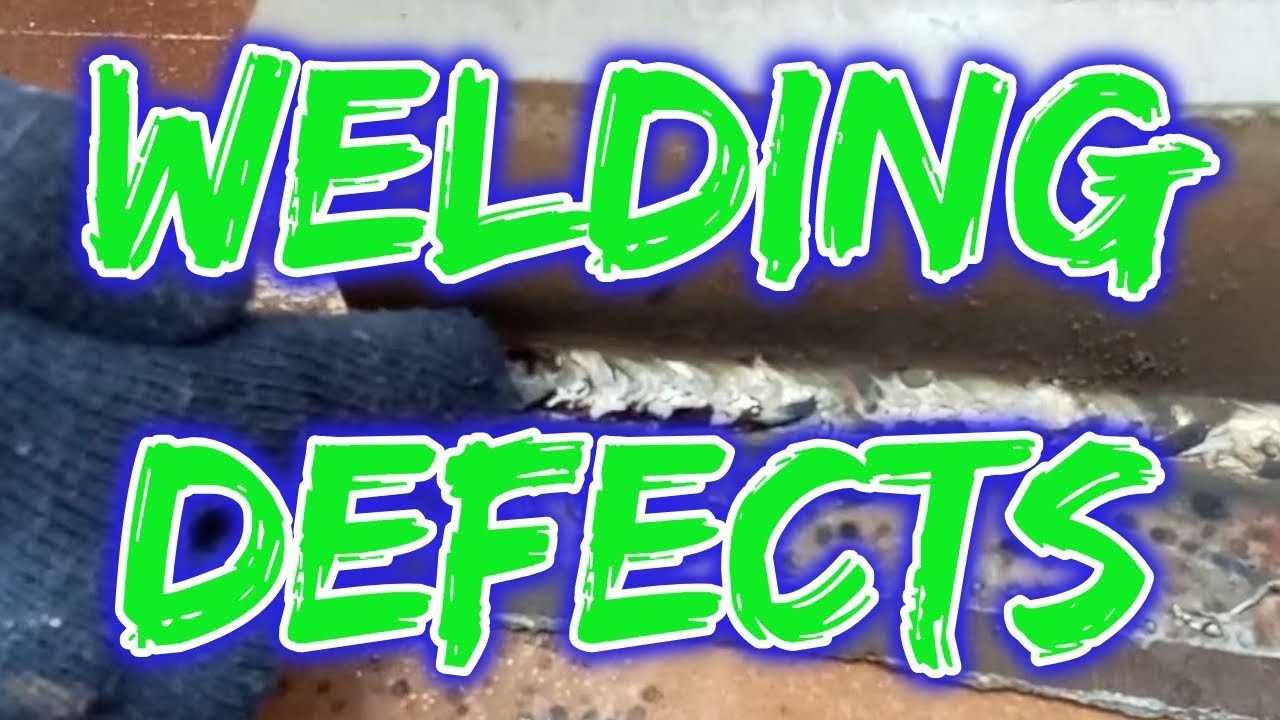Welding is not an easy process. A lot of precautions are needed to ensure that there are no problems in the welded metal. Some irregularities might occur even if there is a slight lapse in precautions. These welding defects can lead to big problems and so must be avoided at all costs.
Some of the most common welding defects and ways to prevent them from happening are listed below:
- Crack
A crack in the welded metal is the most common welding defect. Over time, small cracks in the material could widen and can cause serious troubles. What is even more dangerous is that many times, you can’t even tell if the welded metal has developed cracks because cracks can appear inside the weld as well. Mostly, cracks occur because of the intense heat of welding.
To maintain the integrity of a structure, it is essential that all measures are taken to prevent and repair cracks on the welded structure. Here are some precautions that can be taken:
- Don’t let the weld pool get contaminated
- Welding parameters must be kept in control
- Don’t let the parent metal be contaminated
- The welding current setting should be on low
- Cool the welded metal moderately
- Porosity
As soon as the molten puddle cools down, hydrogen, carbon dioxide, and some other gases are released. It is important that these gases reach the surface of the weld before it solidifies or they would be trapped inside the weld. Porosity is a defect that is caused when these small bubbles or some gas is trapped inside the welded zone. These lead to the creation of tiny holes in the welded metal and the welded structure gets weakened over time.
Posterity is a dangerous problem for all kinds of welds, especially for Stick and Mig welding. Some steps that can be taken to avoid porosity include:
- Use of proper welding techniques
- The welding current should be lowered
- Welding the metals slowly so as to provide enough time for the gases to escape
- Use smaller arcs
- The surface must be cleaned thoroughly
- Spatter
The spatter defect occurs mostly in the gas metal welding process. Small particles of the metal being welded attach themselves to the surface of the material surrounding them. There is almost nothing you can do to avoid this from happening especially when using gas metal welding. What you can do, however, is to limit the extent to which to splatter happens by taking the following measures:
- Clean the surface thoroughly before welding
- The electrode angle must be increasing
- Depending on the conditions, change the polarity in the correct manner
- Use a low welding current
- Proper shielding gas must be used
- The arc length should be reduced
- Eliminate the feeding issues
- Arc Blow
The arc blow defect occurs when the electric arc gets deflected from the axis of the electrode which is supposed to be its intended path. The error is most common while using the DC welding technique. When electromagnetic fields interact through the arc gap, due to current flow, they flow through the plates being welded, which creates a problem.
There are several ways in which the arc blow defect can be prevented:
- It is better to use Alternating Current (AC) instead of using Direct Current (DC) to weld.
- The arc should maintain a low voltage.
- Wield away from the earth clamped connection and correct both sides of the joint after splitting the earth clamp.
- The practical current should be set on the lowest value
- Undercut
The undercut is a pretty dangerous defect as it can reduce the cross-sectional thickness of the base metal which can weaken the weld. An undercut occurs when the melted base metal forms a groove at the toe of the weld after melting away from the weld zone. Welding more than one pass on a joint usually increases the chances of an undercut. Fortunately, it can be identified easily. Here are some things you can do to avoid the defect from occurring in the first place:
- The electrode traveling speed should be moderate
- Use limited current
- The shielding combination should be a suitable one.
- The are voltage should be reduced
- Proper welding techniques should be used
It is important that welded structures maintain their integrity. Precautionary measures must always be taken to avoid any defect from taking place.
